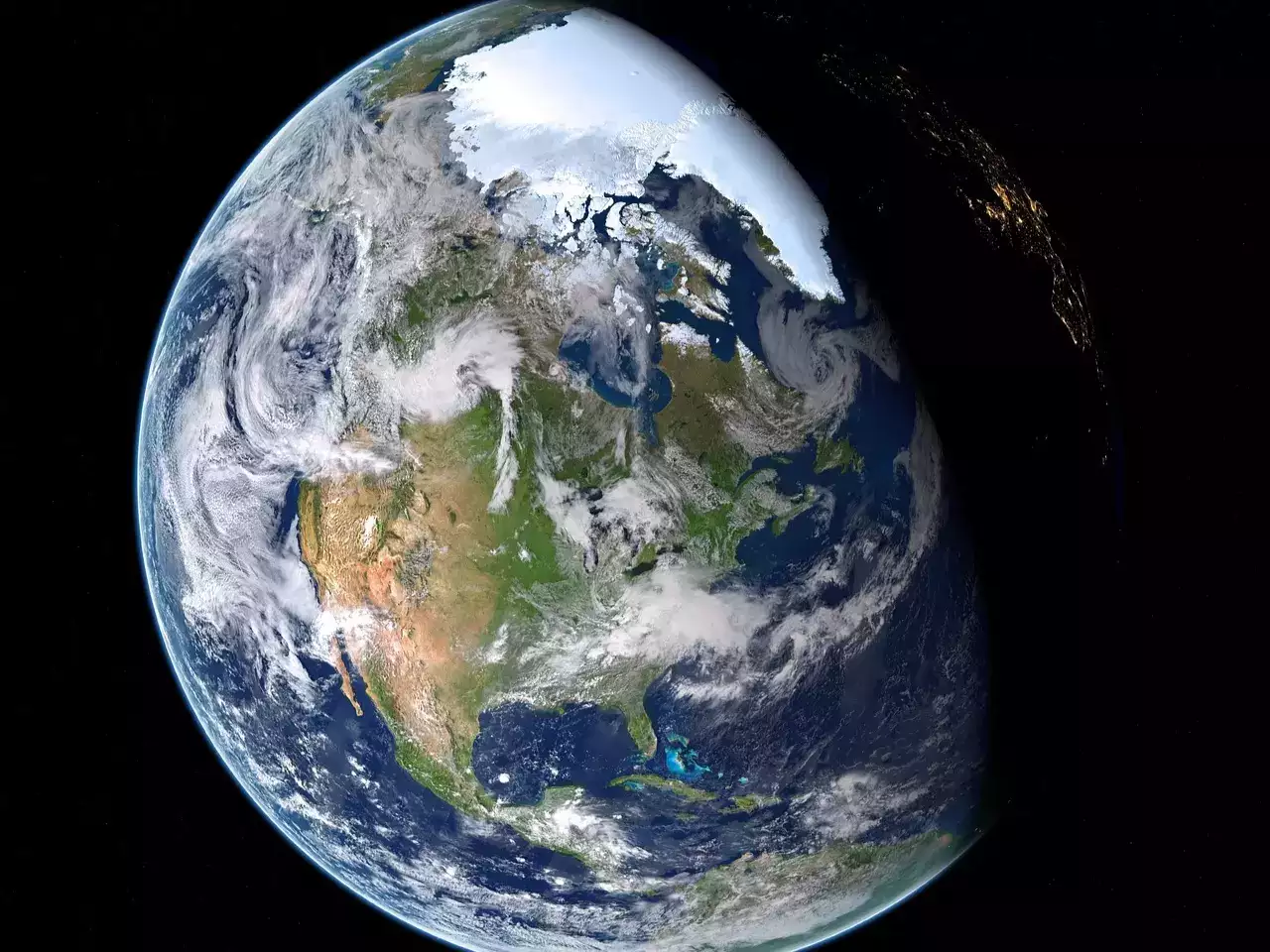Scientists Unlock Secrets of Moon’s Birth and Earth’s Heterogeneity
For centuries, scientists have been puzzled by the origins of the Moon. According to the widely accepted theory, around 4.5 billion years ago, a massive collision occurred between the early Earth, known as Gaia, and a Mars-sized proto-planet named Theia. This catastrophic event resulted in the formation of our moon, as planetary debris from the collision came together. However, the composition similarities between Earth and the Moon have cast doubt on this theory. Recent research has shed light on these perplexing questions.
Using an innovative computational fluid dynamics approach called Meshless Finite Mass, researchers have simulated how materials on and within the Earth could have mixed and diffused after the impact. They discovered that the upper mantle of the Earth underwent a transformation, forming a molten ocean containing materials from both Gaia and Theia, while the lower mantle remained relatively unchanged.
This division within the mantle may still exist today, with the lower mantle predominantly composed of Gaian materials characterized by a higher silicon content. This challenges the previous notion that the Earth became more uniform after the Moon-forming collision. Instead, this monumental event may have initiated heterogeneity within the early mantle, laying the groundwork for the Earth’s geological evolution over billions of years.
Another mystery related to the Earth’s interior is the origin of Large Low Velocity Provinces (LLVPs), peculiar regions at the base of the mantle that significantly slow down seismic waves. Researchers propose that LLVPs may have evolved from Theian materials that infiltrated Gaia’s lower mantle. Through simulations and analysis, they discovered that approximately 2% of Earth’s mass consisted of dense, iron-rich Theian material that descended to the lowermost reaches of the mantle over billions of years, eventually crystallizing into the stable LLVP regions.
This newfound understanding of Earth’s interior has implications for mantle evolution, the history of supercontinents, and the complexities of Earth’s tectonic plates. It also provides insights into the ancient Earth, Gaia, and Theia, shedding light on the formation of the entire solar system.
Furthermore, this understanding of Earth’s heterogeneity offers clues about the formation of features like Hawaii and Iceland, which likely emerged from mantle plumes, upward-moving thermal currents driven by mantle convection. These regions contain components that deviate from the usual surface materials, revealing traces of heterogeneity in the deep mantle dating back over 4.5 billion years.

I have over 10 years of experience in the cryptocurrency industry and I have been on the list of the top authors on LinkedIn for the past 5 years. I have a wealth of knowledge to share with my readers, and my goal is to help them navigate the ever-changing world of cryptocurrencies.







